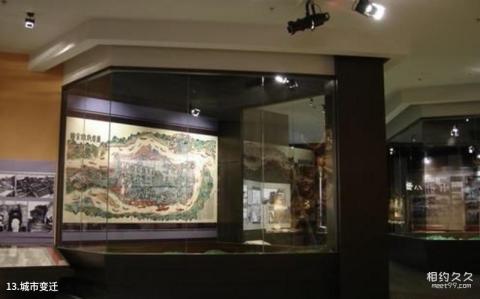
Introduction to urban changes: Chongqing’s modernization began when it became a treaty port. In March 1890, China and Britain signed the "Extension Article of the Yantai Treaty" in Beijing, and the United Kingdom gained the right to open a port for trade in Chongqing. After officially opening as a port in 1891, Chongqing became the starting point of the main east-west trade route of the Yangtze River and the distribution center for commodities in the upper reaches of the Yangtze River. It then gradually developed with the prosperity of the economy. In the 1920s, the evolution of Chongqing's municipal institutions went through commercial port offices, There are several important development stages such as municipal office, commercial port governor's office, city hall, and municipal government. In February 1929, Chongqing was officially established as a city; on November 20, 1937, the National Government issued a declaration to move to Chongqing; on May 5, 1939, Chongqing was changed to a municipality directly under the Central Government and directly under the Executive Yuan; on September 6, 1940, Chongqing was designated as the accompanying capital. During the Anti-Japanese War, Chongqing not only improved its political status, but also had more than 400 factories and more than 1 million people in coastal and riverine areas. Migrating to Chongqing and its nearby areas along the river, Chongqing’s urban development has reached an unprecedented scale.
